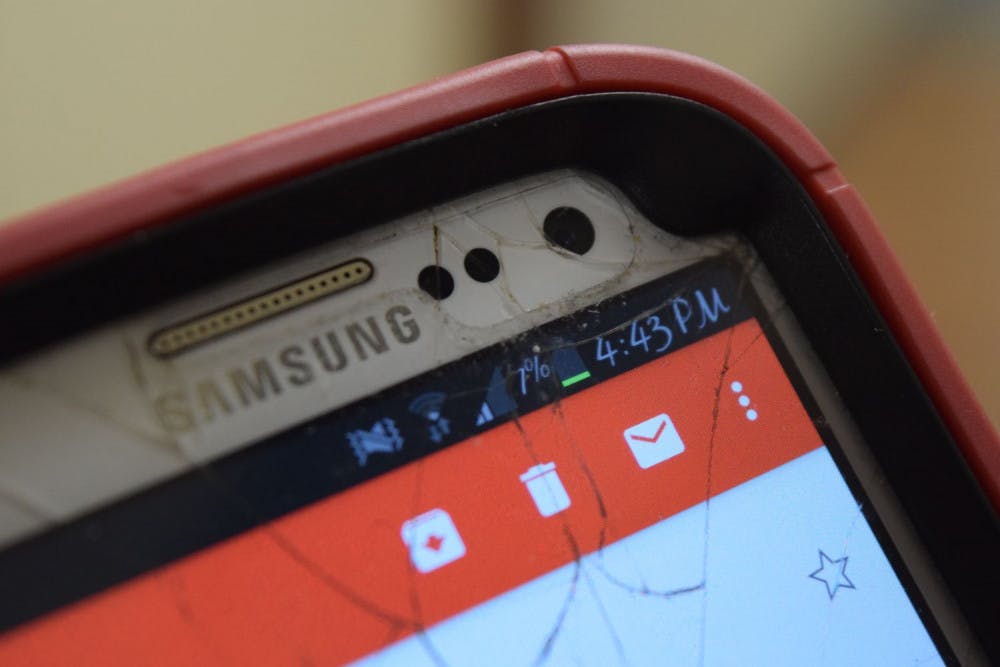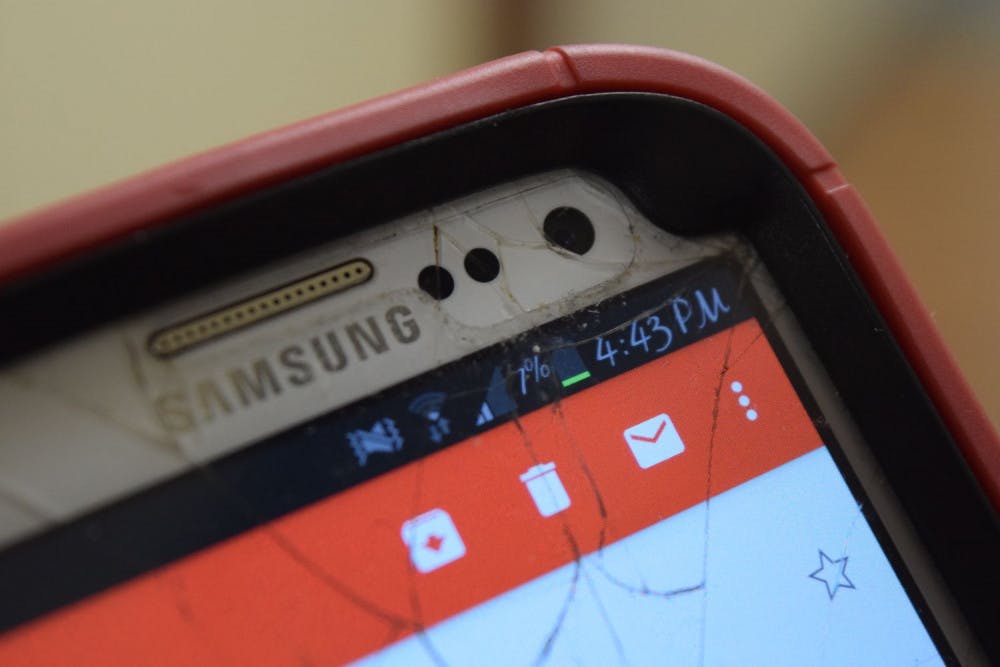
Smartphones fall short when it comes to emergency issues like suicide, rape or heart attack, according to a new joint study conducted by Stanford University and the University of California.
There is no shortage of complaints from students concerning the U of M’s Wi-Fi.
In a technology-based world, it’s only fitting students stay connected to their work and leisure on their mobile devices while on campus. However, students claim the university’s Wi-Fi is in need of an upgrade.
“I definitely think that the Wi-Fi is more of a miss than hit lately,†said Billy Neal, senior foreign language major. “I’ve had more problems connecting, so I just use the 3G data on my phone for faster results.â€
The U of M’s chief information security officer, Robert Jackson, said the Wi-Fi signal is sometimes weakened due to the structure of some of the buildings.
The University’s Information Technology department is actively reviewing wireless capacity in residence halls and academic buildings.
“We plan to begin upgrading some areas before the end of spring semester,†Jackson said.
Students have determined their likelihood of accessing Wi-Fi by their location on campus. Wi-Fi dead spots may be reported to the ITS Service Desk.
“We rely on students to let us know if they are getting poor signals in certain areas,†Jackson said.
The signal strength can be detected on technology software and heat maps.
“We have a technology that lets us look at the heat maps of wireless access points around campus to see how strong the signal is coming for those,†Jackson said.
Wi-Fi heat map technology is used to determine coverage, locate all access points and find available networks for wireless Internet service.
“The heat maps will show us the signal strength and predict how far the signal will go based on the composition of the building.†Jackson said. “In order to do so, we must first determine the structure of the building.â€
“The strongest Wi-Fi connection is normally in the UC, where there are more computers,†Xavier Flora, a 22-year-old criminal justice sophomore, said.
Flora said he thinks the weaker Wi-Fi in the dorms is a result of too many people trying to gain Internet access at the same time.
“Usually I just wait it out and try to deal with it,†Flora said.
Art major Landan Jones is a resident of the Centennial Place, where the strongest Wi-Fi connection is limited to dorm rooms and the main lobby.
“It’s nice that they have it in the rooms, which makes it a hit, but the miss is them not having it in the lounge area or the floor lobby area,†he said. “Once you step outside of your dorm room, it’s a dead signal.â€






